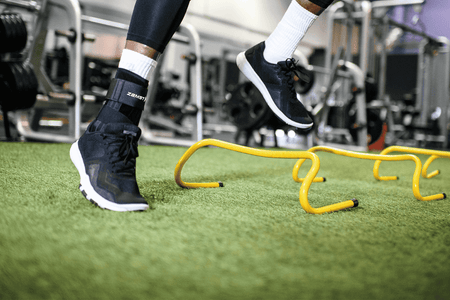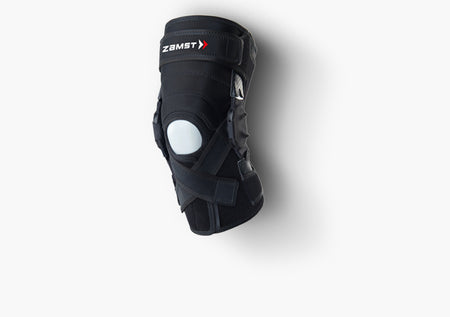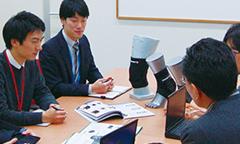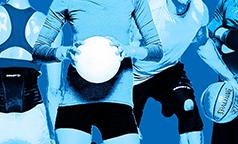
What is Pickleball/Tennis elbow?
Pickleball or tennis elbow otherwise known as “lateral epicondylitis” is a condition characterized by pain and inflammation of the tendons that connect on the outside portion of your elbow. This differs from an elbow sprain which affects the ligaments of the elbow and not the tendons. The condition develops from overuse of the forearm muscles and tendons, especially in sports such as pickleball and tennis. These sports involve repetitive extending of the wrist during swings.
Risks factors typically include people who participate in sports such as pickleball or tennis, having a job requires repetitive extending of the wrist (painters, carpenters, plumbers, repetitive computer mouse work, and cashiers).
Pickleball elbow and/or tennis elbow can start very mild and unassuming but can ramp up with pain and inflammation with repetitive stress of the above-mentioned activities.

Why does it happen?
Tennis elbow commonly occurs due to overuse and strain on the forearm muscles (extensors) and tendons that attaches to the lateral epicondyle of the elbow. Repetitive movements such as gripping, lifting, wrist extension, or twisting, can lead to micro tears to the tendon creating inflammation and pain. During this time an elbow tendonitis brace can help with management. This is what creates the tendonitis which often starts very subtle and then leads to more damage.
Pickleball or tennis elbow is often associated with sports that use a racket secondary to the gripping and repetitive motion needed in the sport. Other sports such as racquetball, badminton, baseball, fencing can all experience similar type of repetitive motions causing lateral epicondylitis.

What are the symptoms?
Pickleball or Tennis elbow typically follow a similar pattern of symptoms that lead to a diagnosis of lateral epicondylitis
1. Pain and tenderness: Typically, the pain is on the outer part of the elbow, where the wrist extensor muscles attach to the outside part of the elbow. This pain can radiate down the forearm and are usually made worst by motions of wrist extension, gripping, and twisting.
2. Decrease in grip strength: This is a common symptom associated with tennis elbow. Activities such as shaking hands, turning a doorknob, holding a can, and opening up jars can be difficult.
3. Swelling and stiffness: When the tendon is very inflamed, swelling and stiffness may be present which can make pain more difficult.
4. Pain with lengthening of muscles: Typically lengthening the wrist extensors can cause a pulling sensation on the tendon which can affect pain.
Symptoms can vary depending on stage of inflammation and severity of the case. Often times pain starts out very minimal and with continuation of the repetitive movement it can cause more of an issue with the tendon.
How Long Does it Take to Heal?
Healing time for pickleball or tennis elbow can vary depending on severity of the tendonitis:
Mild cases: With proper treatment mild cases can heal within a couple of weeks if a proactive approach is made. Often times an elbow brace or elbow band can help during this stage.
Moderate cases: Typically, if the lateral epicondylitis is left untreated the inflammation and damage can take longer to heal. In these cases, it can take anywhere from 6-12 weeks.
Severe cases: When discomfort last longer than a couple of months then the tendonitis has become a degenerative and chronic issue. In these cases, it can take months to even a year for the elbow to get better.
TREATMENT
Pickleball or Tennis elbow can be managed with different treatments, each with a goal of decrease pain and promoting tendon healing
1. Rest and Activity Modification
The key in this treatment approach is reducing the load onto the tendon and taking away activities that exacerbate the condition. Rest can give time for the tendon to heal and allow someone to get back faster to the sport of their choice. Using a pickleball elbow brace, elbow pad, or elbow strap during activity during this stage can be key to reducing the forces at the elbow. Below is an example of an elbow band for tennis elbow.

2. Physical Therapy
Having a physical therapist perform a thorough evaluation and exercise prescription can help speed up the healing process. The physical therapist can perform manual therapy, educate on specific strengthening and stretching exercises to reduce irritation on the elbow. A Physical Therapist can also educate on proper pickleball elbow brace or band for tendonitis in elbow.


PT, DPT, MS
Evan Jeffries
EVAN JEFFRIES is a physical therapist with a Doctorate in Physical Therapy (DPT) from the University of St. Augustine for Health Sciences. He has vast knowledge of the musculoskeletal system and has treated many orthopedic conditions by bringing a proactive approach to healthcare and lifestyle.
Featured collection
Brace Finder
Looking for a brace that best suits you? Dive into the Brace Finder and find the best brace for your symptom.

 Canada
Canada China
China France
France Korea
Korea















